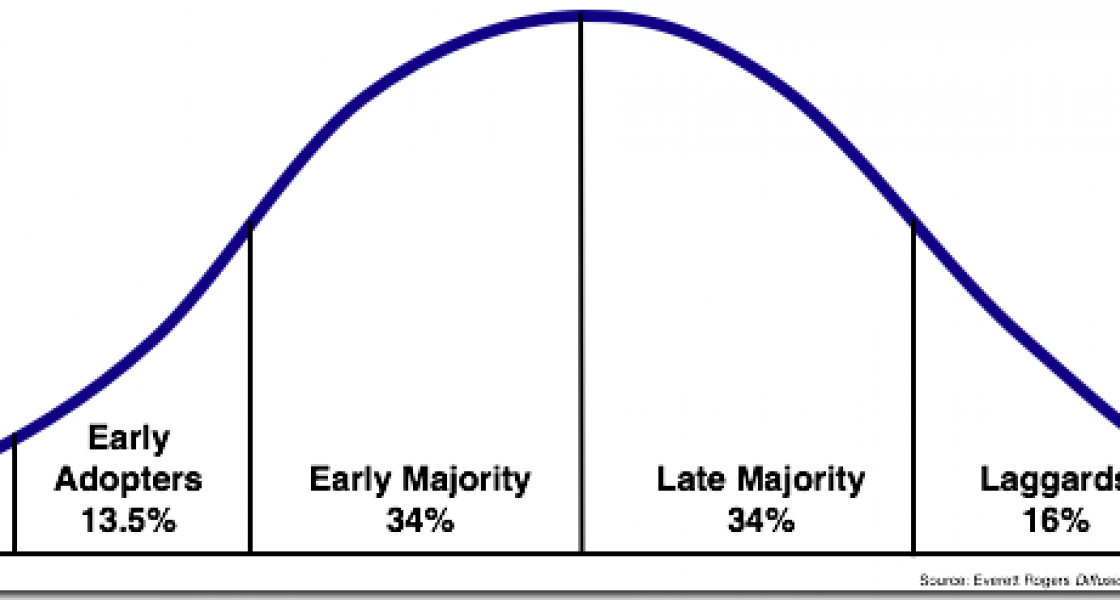I’ve read dozens of books on sales and marketing over the years, and while I learned a lot, some of the best, simplest advice I ever got came not from one of them, but from a sociology textbook. While you may never have heard of Diffusion of Innovations, it’s the foundational work on which more familiar titles like Crossing the Chasm and The Tipping Point are based.
The book is primarily focused on how innovations are spread within social groups. In that context, the author defines five characteristics of an innovation that influence the decision to adopt or reject it. If we think broadly about the term “innovation” as not just a new invention, but simply an idea that’s new to the individual, then it becomes clear that this is the same decision process someone goes through when evaluating buying your product or service. While every buyer has their own unique set of circumstances and decision criteria, these five characteristics offer an excellent checklist for both your overall marketing strategy and the individual sale:
Relative Advantage is the relative benefit of your offering compared to all other alternatives, including the status quo, i.e., doing nothing. Most marketers focus their efforts here — feature-benefits lists, ROI analysis, and competitive comparisons. Pricing also falls under this category. We’d like to think that if we’re the logical best choice, we’ll make the sale, but unfortunately, that’s all too often not the case. That’s because there are many other factors in the decision process that have nothing to do with pure logic.
Compatibility is a measure of how well the new idea fits into a person’s life. It may be a matter of logistics, e.g., actually having room for a large item, personal preferences such as color or finish, religious factors or cultural factors, or even more complex psychological factors, such as whether your product fits the customer’s self-image. Clearly defining your ideal customer will help you address this. Consider psychographic characteristics as well as demographics. What’s important to them? How do they see themselves?
Simplicity is, simply, how easy the product is to use and understand. Too many choices causes anxiety, and a confused mind says “no”. More complex products will have longer sales cycles and required the more skilled salespeople.
Trialability is a measure of the ability of the prospective customer to try out your product or service before purchasing it, i.e., test drives, free or super-cheap samples or trials, free initial consultations. Money-back guarantees are a slight variation on this. How can you apply this to your business?
Observability is the degree to which the benefits can be observed during the trial period or initial use. For example, it’s relatively easy to observe the benefits of taking aspirin to relieve a headache, but impossible to directly observe the results of taking aspirin to reduce the risk of heart disease.
You can apply this five-point checklist at every stage of your marketing and sales process: product strategy, sales process, campaign, and individual sale. You don’t have to be strong in all five areas, but if you have a gap, you need to be aware of it so you can either address their concerns or make a point of being sufficiently stronger in the other factors.
Want to know more? Read the full article at OPEN Forum.










